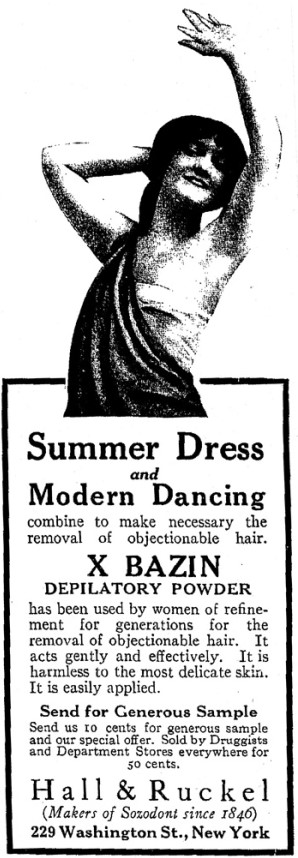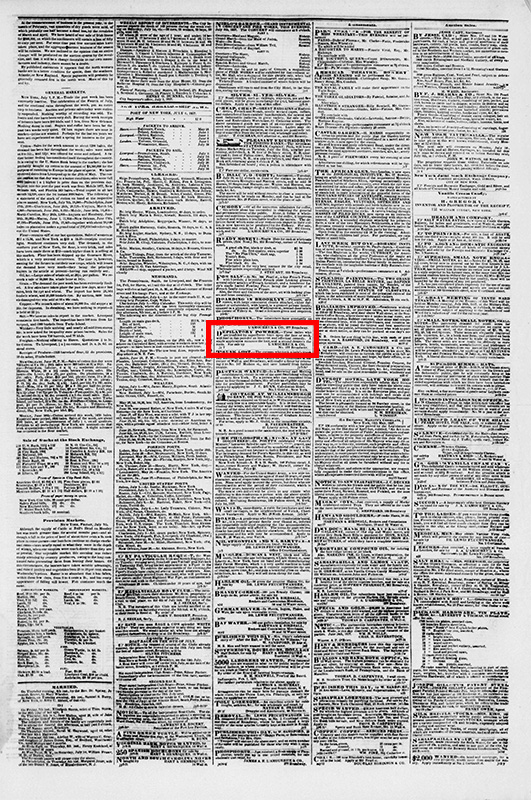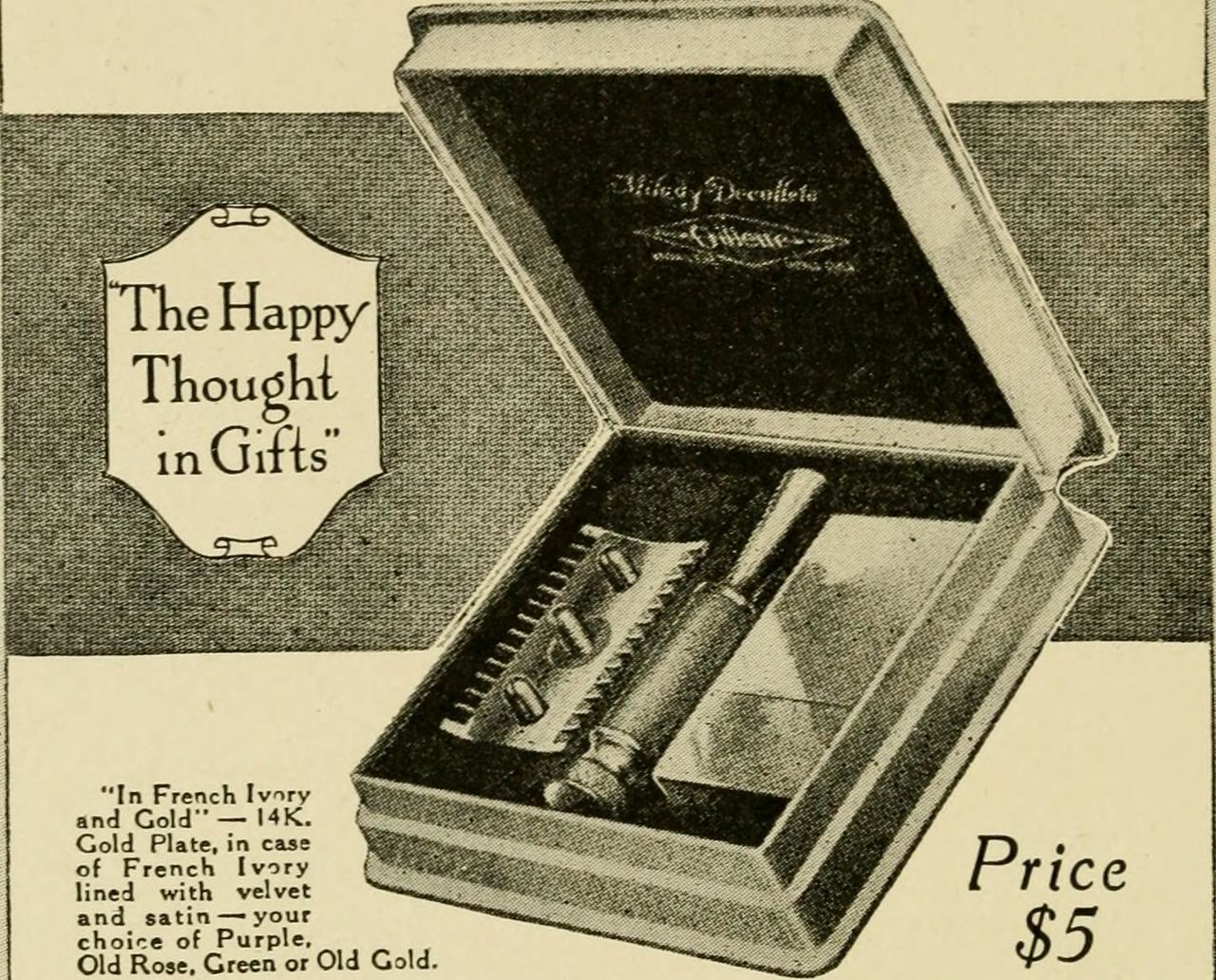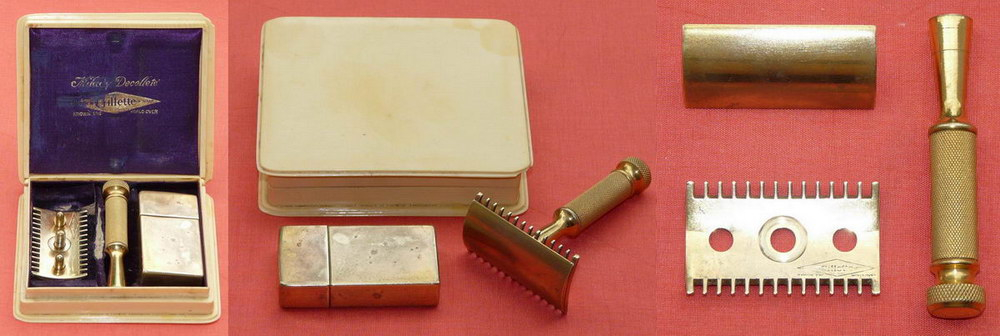Trivia 9 of 30
When did brands start advertising feminine armpit hair removal?
During the Victorian era of the 1800s, women’s fashion was not very revealing and, perhaps as a consequence, women didn’t worry too much about their body hair. People just didn’t talk about it, never mind their pits. Obviously, hair still grew in various places. Including on the face. So for those women with shadowy upper lips, there were hair removal products regardless of what was under their arms.
An example of an early hair removal product can be found in the May 22, 1837 edition of the New York Morning Herald:
“DEPILATORY POWDER. – Those ladies who are troubled by superfluous hairs upon the face or neck, will find in this powder an innocent and effectual remedy. A single application removes the hair, and a second destroys the roots. For sale by L’AMOUREUX & CO, No. 377 Broadway.”
“DEPILATORY POWDER. – Those ladies who are troubled by superfluous hairs upon the face or neck, will find in this powder an innocent and effectual remedy. A single application removes the hair, and a second destroys the roots. For sale by L’AMOUREUX & CO, No. 377 Broadway.”
Fashion started to change in the early 1900s however, as women slowly started to show skin. With the rise of more revealing clothing styles, such as tank tops and sleeveless dresses, the visibility of underarm hair also increased. First, people started to see an ankle here or there, then a wrist or two. Finally, before you knew it, women started wearing sleeveless tops (gasp!). This led to a shift in societal expectations, and soon the removal of underarm hair—and ads that sold products for this area—became commonplace.

This 1915 ad for a product called “X Bazin” (found in Harper’s Bazaar magazine) was typical for products of the time.
Riding this wave, three different industries encouraged the new social norm: the women’s fashion industry, the men’s hair removal industry, and the women’s magazine industry. Each of these sought to profit from the ability to create demand and sell products to a growing segment of female consumers. The more fashion changed, the more skin began to show, and the more these industries were able to convince women that their newly bare ankles, legs, arms, and armpits needed to be “sightly” (i.e. smooth and hairless).
Advertisers often used loaded language such as “feminine beauty” and “smooth” to create a sense of shame or inadequacy for women who didn’t groom their underarms. By doing so, they sought to manufacture an insecurity and then to profit from it to sell more products.
Hairless armpits on women are still the norm in North America, having become the socially accepted standard since the fashion industry, the grooming industry, and the magazine industry converged (colluded?) in the early 1900s to create a market for products no one had seen, much less even considered, just a decade before.
Sources:
- The History of Female Hair Removal (WomensMuseum)
- History of removal of leg and underarm hair in the United States (Wikipedia)


